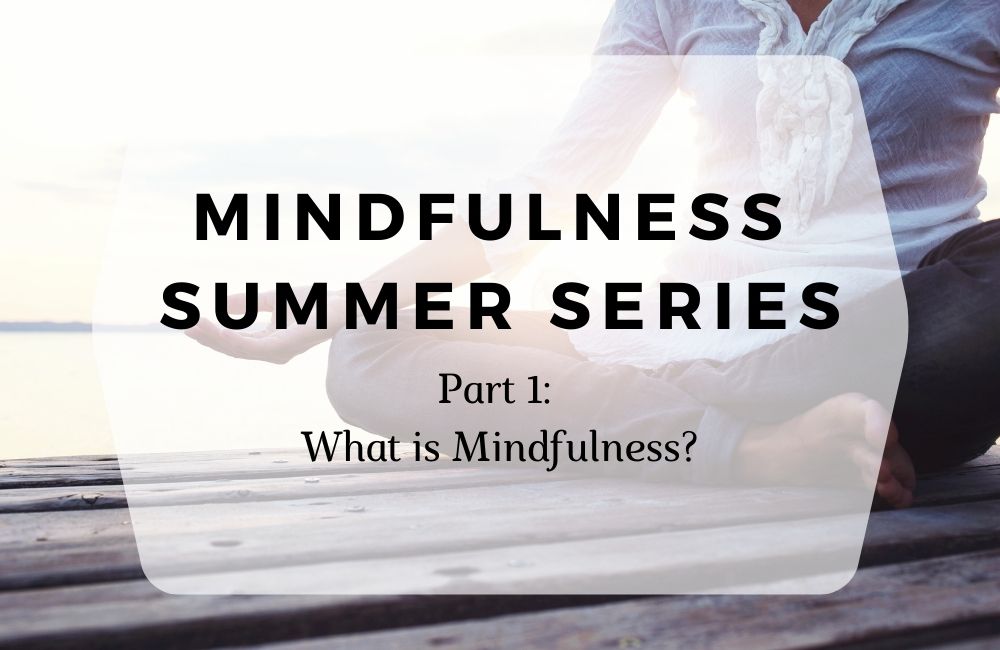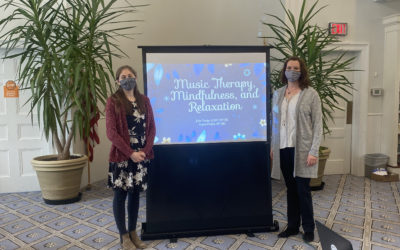Over the last two decades the word “mindfulness” has been used frequently by people all over the world. With its original roots in Eastern Culture as a core tenet in Buddhism, and massive spread into Western Culture’s practices of psychotherapy, acceptance-based therapy, as well as yoga and meditation practices – the concept of mindfulness can be confusing.
Is this something I want to learn or use? If I participate in mindfulness does this mean that I am practicing the Buddhist faith? Is it a safe practice for all people? Is there anything I should be aware of before beginning mindfulness? What exactly is mindfulness?
We look forward to exploring these questions and more in our four-part Summer 2021 Mindfulness Blog Series. In this first blog we want to start with the question: What is Mindfulness? Depending on who you speak with this definition may look a little different, however most mental health therapists will provide their clients with a similar definition.
Mindfulness is an awareness of thoughts, feelings, behaviors, and behavioral urges.
By learning mindfulness, we are empowered to be in charge of ourselves in a different way. It has been proven that awareness assists in emotional regulation. Mindfulness can be practiced using one or more of these complimentary activities: eating, walking, laying down, engaging in relaxing breathing, listening to music, completing an art project, coloring, woodworking, watching TV, driving, working, etc. In some cases, individuals bring mindfulness into their prayer life, noticing when they become distracted and returning their attention back to the prayer.
Many who come to us for a visit associate mindfulness only with meditation and religion, but it is much broader than that. If you participate in mindfulness, it does not mean that you are practicing Buddhism or any other religion. Mindfulness is a practice of being aware of the present moment regardless of the activity the person is engaged in. A few of the many benefits of adopting mindfulness are a more relaxed body, a focused mind, the ability to resist an urge, and for some handle a big emotion more successfully.
But with all this goodness comes the reality that mindfulness is not always safe for everyone, especially when experienced in group environments or when mental health challenges cause this practice to intensify disassociation or be thrown back into a traumatic event. We look forward to sharing more about the importance of using mindfulness in a safe way in our upcoming blogs in the four-part Summer 2021 Mindfulness Blog Series.
Nature’s Instruments: Making Music Outside
Spring is finally here! The daffodils are blooming, the Easter bunny made his visits, and families are itching to get out of the house. In the spring, the outside world is full of sounds.
Current Events: Thrive to Survive Workshop
Written by Katie Pistilli, MT-BC This month, Upstate Music Therapy Center employees Erin Triola, LCAT, MT-BC and Katie Pistilli, MT-BC met a wonderful group of people through the Thrive to Survive support group. Katie and Erin conducted a workshop for Thrive to...
Parenting: Finding Calm in the Chaos (Part 2)
Understanding ourselves, why we respond the way we do, can greatly improve our parenting approach
and by doing so increase healthy and helpful interactions with our children. When this happens both
the parents, children, and spousal relationship begin to notice a sense of calm even during the expected
chaotic moments in day-to-day child rearing.




